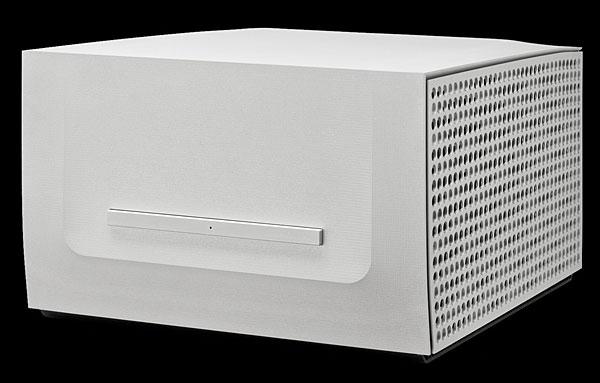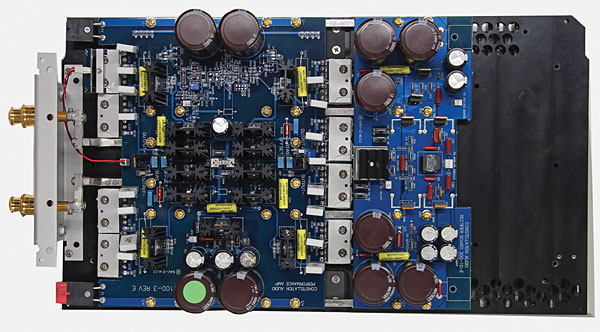| Columns Retired Columns & Blogs |
Hello Mr. Atkinson,
I was wondering if you were told what failed on the first unit you were testing at 2 ohms. Was it a fuse? There are four small aluminum panels on the back of the amplifier when removed allow access to ATO (automotive type) fuses.
I'm also surprised the signal to noise measured so poorly. John Curl who designed the input side of the amplifier is known for his superb low noise small signal amplifier designs. See pictures of the inside of the Centaur (can be found by searching the web) they show a rats nets of wires crisscrossing around. Some of these wires come quite close to the transformer.
I understand from the article that this is a "budget" version of the flagship Hercules. It uses the same circuits, but with surface mount components and assembly done in China. Unfortunately the build quality inside the unit does not present itself as a piece of high end audio, especially at the price it's going for. I would say that the metal work of the case is amazing. They must spend a good percentage of the material cost on machining (probably done on a 5 or 6 axis machine).
I think the peaking in the high frequency response is because they do not use an output Zobel network in their design. From the picture of the amplifier module you can see that the output is directly fed from the Mosfets to the output terminals via bus bars that pass under the PCB. The output does not go through a high frequency filter (LRC network). This can make the amplifier susceptible to oscillation with capacitive loads and external ingress of RF signals.
I’m not against five or six figure amplifiers, but I am concerned with:
- Poor Signal to Noise for an amplifier of this price and pedigree.
- Input impedance way low (way out of specification).
- Iffy with loads less that 4 ohms ( specifications say 1000W into 2ohms)
- Innards build/wiring quality not up to the price being paid.
- Not a big deal, but it concerns me that it has a peaking response in the infra-frequencies.
- Probably paying a lot for the glitzy aluminum panels, rather than the meat inside.
Other than that I’m happy that Mr. Fremer enjoyed the units.
xsipower










































